How to Choose the Right Calendar Binding: A Step-by-Step Guide
 Nov 06,2025
Nov 06,2025

 SESE
SESE
How to Choose the Right Calendar Binding: A Step-by-Step Guide
1. Introduction
A calendar is more than just a tool for tracking dates; it's a daily companion, a piece of desktop art, and a powerful branding instrument. One of the most critical decisions in creating a custom calendar is selecting the right binding. The binding impacts not only the calendar's aesthetics and functionality but also its durability and user experience. At sese printing, we understand that the perfect binding can transform a good calendar into a great one. This step-by-step guide will walk you through the key considerations to ensure you choose the ideal binding for your needs.
2. Step 1: Understand the Purpose of Your Calendar
Before deciding on binding, it's essential to understand the primary purpose of your calendar. The use of your calendar will directly influence the type of binding that works best.
-
Commercial/Marketing Use: If you're designing a calendar for corporate branding, a premium, high-quality binding like hardcover with foil stamping may be ideal. Such custom calendars will act as a marketing tool, lasting long after the new year begins.
-
Personal Gifts: Personalized calendars are popular as gifts, so you may prefer a more budget-friendly option like spiral binding or saddle stitching while still ensuring a polished finish.
-
Functionality: Is the calendar being used at a desk for daily reference, or will it be hung on a wall as a decoration? This will affect whether you choose a binding like Wire-O or spiral binding, which allows pages to flip easily, or a more fixed binding method like perfect binding.
3. Step 2: Choose the Right Binding Style
The binding you choose should align with your calendar's functionality and aesthetic goals. Here are some popular binding styles:
|
|
|
|
|
Spiral Binding |
Wire-o Binding |
Perfect Binding |
Hardcover Binding |
-
Spiral Binding: This is one of the most popular and cost-effective options for calendars. Ideal for both wall and desk calendars, it allows for easy page-turning, and the spiral coil can be customized in different colors to match the theme of your calendar. Perfect for calendars with multiple pages, spiral binding can be easily printed on for additional personalization.
-
Wire-O Binding: Wire-O binding is similar to spiral binding but offers a more refined, professional look. This binding is perfect for calendars that need to lie flat on desks or be flipped open easily. Whether it’s a wall calendar or a desk planner, Wire-O offers an elegant finish and customizable options for both cover and coil color.
-
Saddle Stitching: A simple and affordable option for thinner calendars, saddle stitching involves folding pages in half and stapling them along the spine. This binding works best for calendars with fewer pages or those used for quick, limited-time promotional purposes. Though it may offer less flexibility for customization, it’s still a great option for more basic designs.
-
Hardcover Binding: If you’re looking for a premium feel, hardcover binding is a top choice. A hardcover calendar has durability, sophistication, and can withstand frequent handling. Perfect for corporate gifts, high-end promotional products, or luxury personal gifts, hardcover bindings allow for extensive customization with foil stamping, embossing, and other special effects.
-
Perfect Binding: For thicker calendars, perfect binding offers a sleek, book-like finish. While perfect binding may not be as flexible as spiral or Wire-O options, it can provide a more polished, professional appearance. It’s a solid choice for large-format desk calendars or those with extensive content.
4. Step 3: Consider the Size and Layout
Once you've selected the binding, it’s time to choose the size and layout of your calendar.
-
Standard Sizes: Calendars are commonly available in standard sizes like 12x12 inches for wall calendars or 5x8 inches for desk calendars. These sizes are usually easy to work with and cost-effective.
-
Custom Sizes: If you want something unique, you can opt for custom sizes. Consider your audience and the space where the calendar will be placed. A larger calendar may be better for a visually striking, highly designed product, while a smaller calendar may be more practical and space-efficient.
-
Layout Options: Decide how you want to display the months. Do you want full-page views for each month, or do you prefer a grid layout with space for notes? A daily planner or week-at-a-glance format may require more pages and thicker paper. The layout of your calendar will also affect the binding style you choose.
5. Step 4: Material and Finish Options
The material and finish of your calendar impact both its tactile quality and visual appeal.
-
Paper Quality: For custom calendars, choose a paper stock that suits your brand or personal style. Glossy paper works well for calendars with vibrant photos or artwork, while matte paper can give a more sophisticated, refined look. Consider using heavyweight paper for durability, especially if the calendar will be handled frequently.
-
Paper Weight: Heavier paper (e.g., 150-200gsm) is essential for wall calendars to prevent sagging and for desk calendars to withstand frequent page turns.
-
Special Finishes: With custom printing, you can elevate your calendar’s design with special finishes like Spot UV, Foil Stamping, or Embossing. These finishes create a tactile experience and can be applied to specific areas of the calendar for added emphasis (e.g., logo, header, or special dates).
-
Cover Options: Choose between softcover or hardcover options. For a premium calendar, a hardcover with custom designs, embossed logos, or foil printing can make a lasting impression.
6. Step 5: Consider Durability and User Experience
Durability and usability are key considerations in choosing a calendar binding:
-
Page Durability: If your calendar will be used daily or displayed in a high-traffic area, opt for a durable binding that can withstand frequent use. Hardcover binding, Wire-O, and spiral bindings are excellent choices for durability.
-
Ease of Use: Think about how your calendar will be used. If it's a desk calendar, you’ll want one that can easily be flipped open, while wall calendars may require a more fixed design. Consider bindings that allow the calendar to lie flat, such as Wire-O or spiral.
7. Step 6: Budgeting for Custom Printing
Custom calendars come in a wide range of pricing options depending on factors such as size, binding style, paper quality, and customization features. Here’s how to budget effectively:
-
Consider Your Needs: Do you need a small batch of premium calendars or a larger run of cost-effective calendars? Higher-end options like hardcover bindings and special finishes (foil, embossing, etc.) will increase the overall price.
-
Cost vs. Benefit: It’s essential to weigh the price of customization against the benefits of branding and quality. Higher-quality binding options and finishes can set your calendars apart, making them memorable and more likely to be kept and used by recipients.
-
Printing Partner: SESE Printing offers a variety of custom calendar printing options that allow for both flexibility and affordability. We specialize in high-quality printing with a variety of binding options, finishes, and sizes to meet your needs, whether you're creating a personalized gift or a high-end marketing tool.





 Home
Home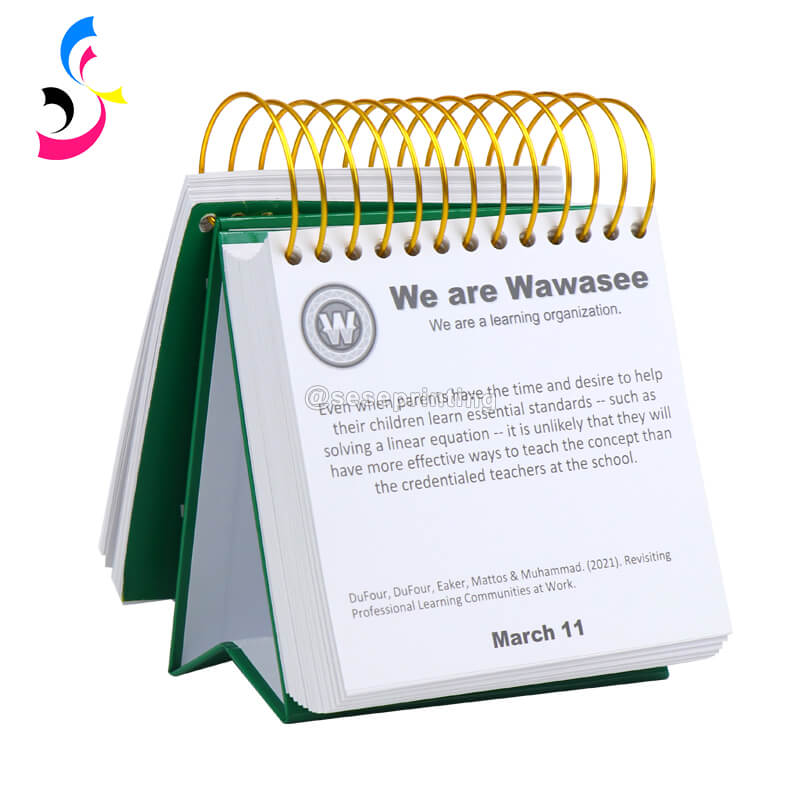
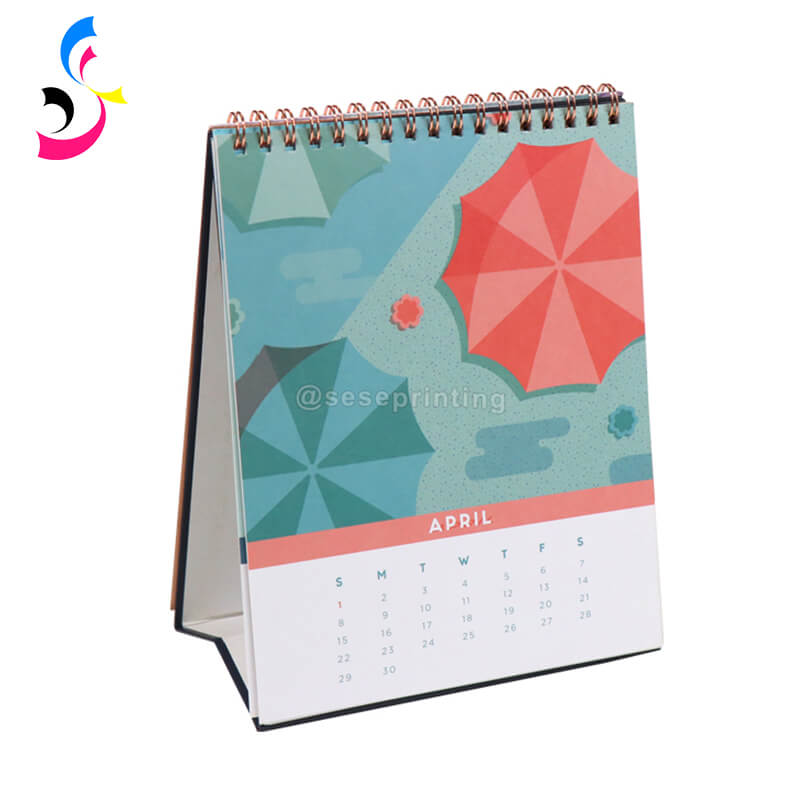
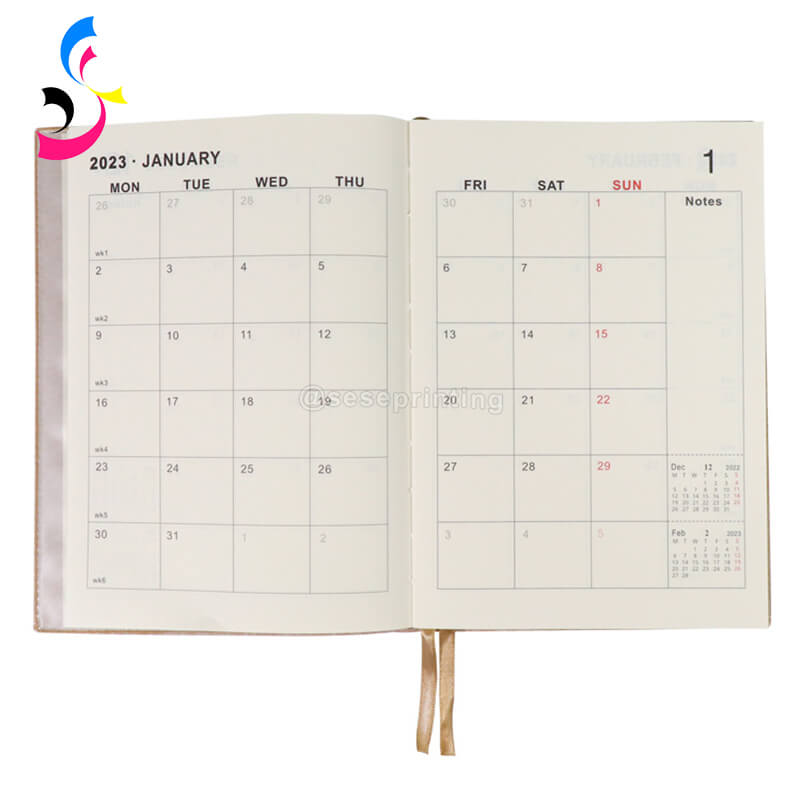
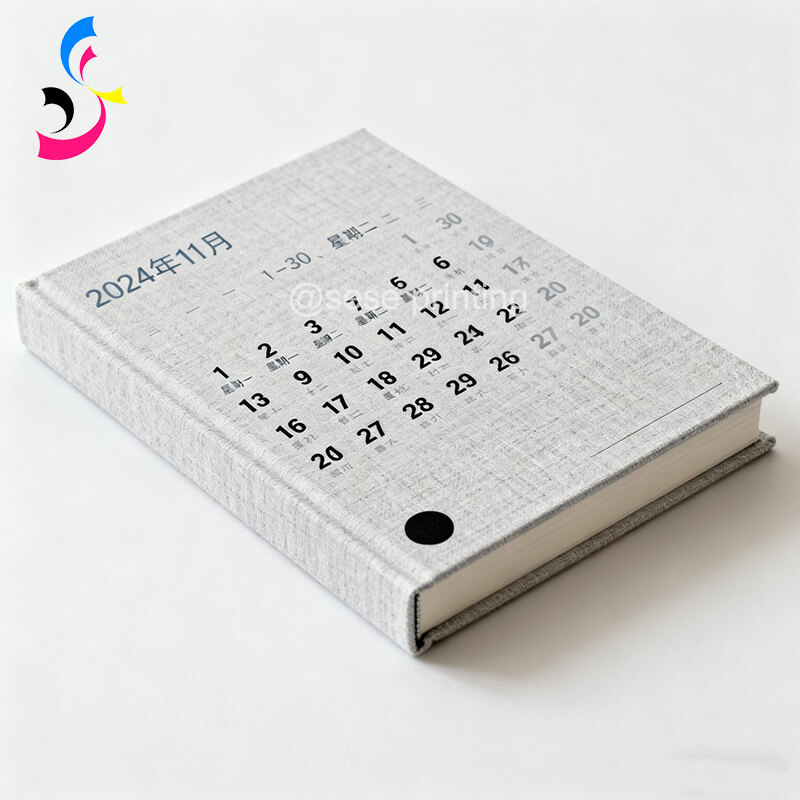
 What Is the Difference Between CMYK, 4-Color, and Full-Color Printing
What Is the Difference Between CMYK, 4-Color, and Full-Color Printing  You May Also Like
You May Also Like


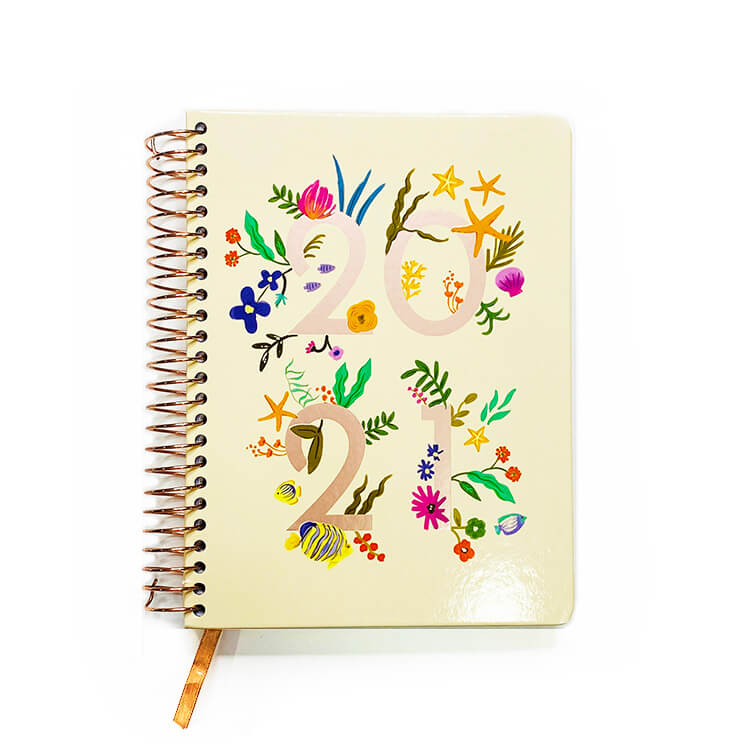

 Tel
Tel
 Email
Email
 Address
Address







